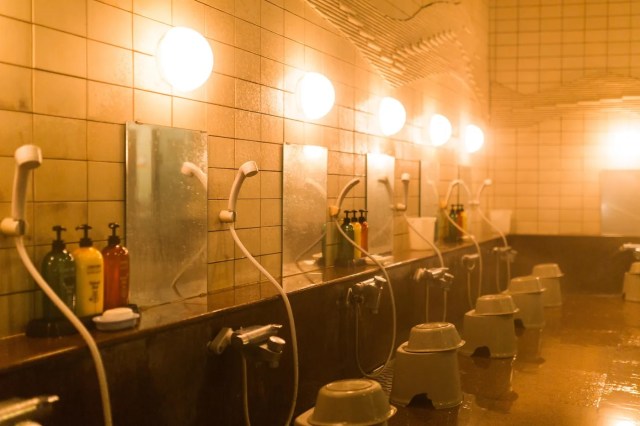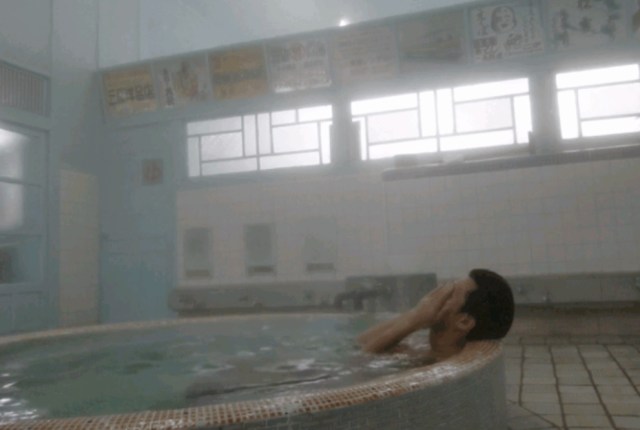State of the sento — Tokyo’s public baths are disappearing, but statistics show a sliver of hope

It was a rough year for Japan’s non-onsen bathhouses, but a comeback might be on the way.
Onsen (hot springs) have been part of Japanese culture for centuries, but they’ve been seriously surging in popularity over the past 20 years. At the same time that there’s an onsen renaissance going on, though, Japan’s sento, non-hot spring public baths located in urban or suburban neighborhoods, feel like they’re gradually fading away.
Statistics largely back this up. In 2006, Tokyo still had a total of 963 sento, 873 in the 23 wards that make up the most populous part of the capital and 90 farther out from the city center. By 2020, nearly half of them had closed, leaving just 499 Tokyo sento still in operation (453 in the 23 wards, 46 elsewhere).
The biggest reason, of course, is that up until a few generations ago reliable indoor plumbing was a bit of a luxury for Japanese homes, but now it’s pretty much a given. Aside from the lowest of low-rent properties, pretty much every apartment in Tokyo nowadays, no matter how small, still has a shower and modestly sized tub. Regularly stopping by the local sento is no longer the grooming and hygiene requirement it once was, and that slide towards non-necessity has been going on for a long time.
But if onsen are more popular than ever, why aren’t sento better able to ride their coattails? Primarily because of atmosphere and amenities. Many onsen are located in picturesque mountain locales with attached restaurants, lounges, or lodgings. Hot spring facilities also often offer rotenburo, open-air tubs, or kashikiriburo, private tubs that can be rented for couples or families to use together.

By comparison, visiting a sento is usually a much more bare-bones bathing experience. Instead of an actual alpine view from the tub, you’re likely to have a humble, if picturesque, mural or mosaic of Mt. Fuji on the wall. As for refreshments, a vending machine selling Pocari Sweat and bottled milk, or maybe ice cream if you’re lucky, is about all you can reasonably expect. If a trip to an onsen is like treating yourself to the works at a fancy salon, one to a sento is like going to the barber shop, a nice but very low-key form of relaxation.
▼ A sento we visited

Then there’s the boost onsen get from the purported health benefits of their waters. Different springs claim different effects from their minerals, but many are said to beautify your skin and improve your circulatory system. It’s somewhat nebulous how true these claims are, but there’s a broad social attitude that soaking in a hot spring isn’t just relaxing, but healthy too, which is a reputation sento don’t enjoy to nearly the same degree.
However, all hope might not yet be lost for Tokyo’s public baths. Yes, 2020 marked the 14th straight year the capital’s number of public baths decreased, with 21 closing their doors. 2020 also saw a decrease in the average daily number of customers per sento, which dipped to 143 compared to 144 in 2019. Considering the multiple pandemic-related states of emergency that were declared in Tokyo during 2020, though, that miniscule decrease suggests that 2020 would have seen an uptick in daily customers per public bath had life been going on as usual. As a matter of fact, the 144 customers per day for Tokyo sento in 2019 was the sixth annual increase in a row, after dropping to a low of 119 in 2013.
There’s actually been a push among some people in Japan to preserve and promote sento culture in recent years, appealing to both the sense of nostalgia of those who grew up when they were more common and a retro kitsch among people born more recently. That said, the per-sento customer increase is being more or less offset by the smaller total number of sento. Even with a citywide 10-yen price increase for sento admission set to take effect next month, prices for adult in Tokyo will still be just 480 yen (US$4.35), and hopefully they can secure enough support to stay in business, because if and when Tokyo’s public baths go away entirely, they’re not likely to come back.
Source: Tokyo Metropolitan Government via IT Media, Tokyo Metropolitan Government (2)
Top image: Pakutaso
Insert images ©SoraNews24
● Want to hear about SoraNews24’s latest articles as soon as they’re published? Follow us on Facebook and Twitter!
Credit:

0 comments:
Post a Comment